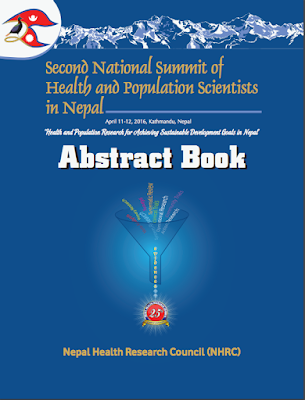A biomarker has been identified that may allow clinicians to predict the risk of an asymptomatic woman eventually developing breast cancer.
To identify this disease indicator, investigators at Harvard Medical School studied the association between breast cancer risk and the frequency of mammary epithelial cells expressing the proteins p27 (Cyclin-dependent kinase inhibitor 1B), estrogen receptor (ER), and Ki67 (Marker of proliferation Ki-67) in normal breast tissue from 302 women (69 breast cancer cases, 233 controls) who had been initially diagnosed with benign breast disease.
Immunofluorescence assays for p27, ER, and Ki67 were performed on tissue microarrays constructed from benign biopsies containing normal mammary epithelium and scored by computational image analysis.
Source: gettyimages










